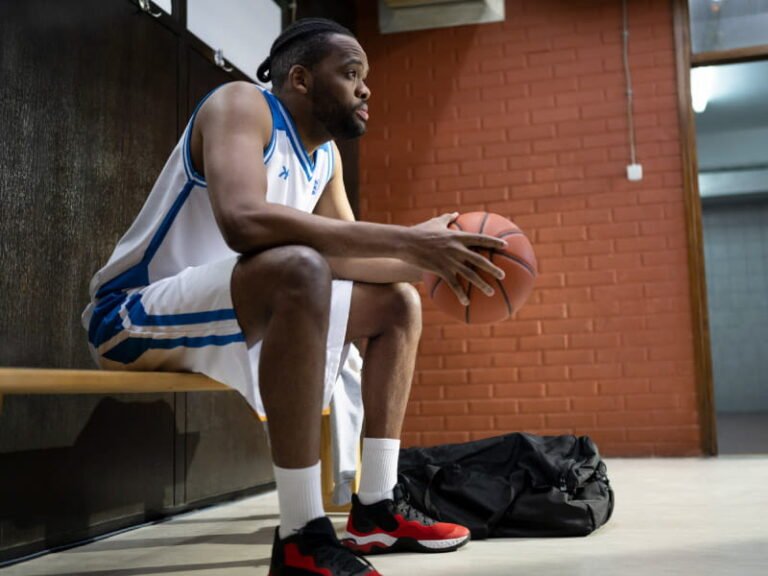
Although the incidence of sudden cardiac death is decreasing in college sports, it remains overrepresented among Division I men’s basketball players and among male and black athletes in other sports, a new study finds.
Over the past 20 years, sudden cardiac death rates have decreased by 29% every 5 years on average due to “broader education” about CPR, availability of automated external defibrillators, or AEDs and emergency action plans. said Dr. Bradley J. Petek, lead author of the study, in a news release.
“Alternatively, it could indicate an improvement in pre-participation cardiovascular screening,” said Petek, director of sports cardiology at Oregon Health & Science University in Portland.
The study was presented Monday at the American Heart Association’s Scientific Sessions meeting in Philadelphia and simultaneously published in the journal Circulation.
Sudden cardiac death occurs when an electrical malfunction causes a rapid, irregular heart rhythm that causes the heart to stop. It was responsible for more than 436,000 deaths in the U.S. in 2020, according to AHA statistics.
The study examined autopsy reports and medical histories associated with the deaths of 1,102 NCAA athletes from July 2002 to June 2022. Athletes were at least 17 years old and 78% of them were male. The cause of death is classified as heart disease, cancer, suicide, heat stroke, or unknown cause of death.
Sudden cardiac death was the cause in 143 cases, and not all deaths occurred during physical activity. The most common heart-related causes were idiopathic left ventricular hypertrophy or possible cardiomyopathy (a disease of the structure and function of the heart muscle) and hypertrophic cardiomyopathy, which is a thickening of the heart muscle.
Eight deaths were attributed to myocarditis, an inflammation of the heart, but none were due to COVID-19.
Sudden cardiac death is a rare event caused by a contusion to the chest, and was the cause of two cases of sudden cardiac death. The condition caused NFL player Damar Hamlin to go into cardiac arrest during a “Monday Night Football” game in January.
According to the analysis, NCAA Division I men’s basketball players, black and white, had the highest rates of sudden cardiac death, more than 1 in 2,000 over a four-year college career. Across all sports, black athletes were about three times more likely to experience sudden cardiac death than white athletes, and men were about four times more likely than women.
Sports in which five or more sudden cardiac deaths were reported during the study period were football, basketball, track and field, soccer, cross country, baseball, and swimming.
The findings show that “there are still some disparities that require further research,” Sherry Miyamoto, Ph.D., said in a statement. Miyamoto, director of the cardiomyopathy program at Children’s Hospital Colorado in Aurora, was not involved in the study.
If there is insufficient evidence to determine the cause of sudden cardiac death at autopsy, which is the case in 20% of cases in the study, Miyamoto said genetic testing should be pursued aggressively.
“Genetic testing may provide some answers as to why the athlete died suddenly, and may also provide insight into whether other family members may be at risk. ” she said. “If we don’t understand the causes of sudden cardiac death, it will be difficult for people to accept it and understand how to prevent it in the future.”
Researchers said some cases may have been missed because there is no mandatory national reporting system for sudden cardiac death. The researchers noted that other limitations include the study’s reliance on autopsy reports, which can vary in quality. There were also no data on resuscitated cardiac arrest or pre-participation cardiovascular screening. Sudden cardiac death rates for noncollege athletes were also not available for comparison with athletes.
Like Miyamoto, Petek believes there is room for improvement. “We have the opportunity to significantly improve outcomes through continued training and education in CPR, by providing better access to defibrillators and promoting the use and adherence to emergency action plans. ” he said.
Check out more news from Scientific Sessions.


